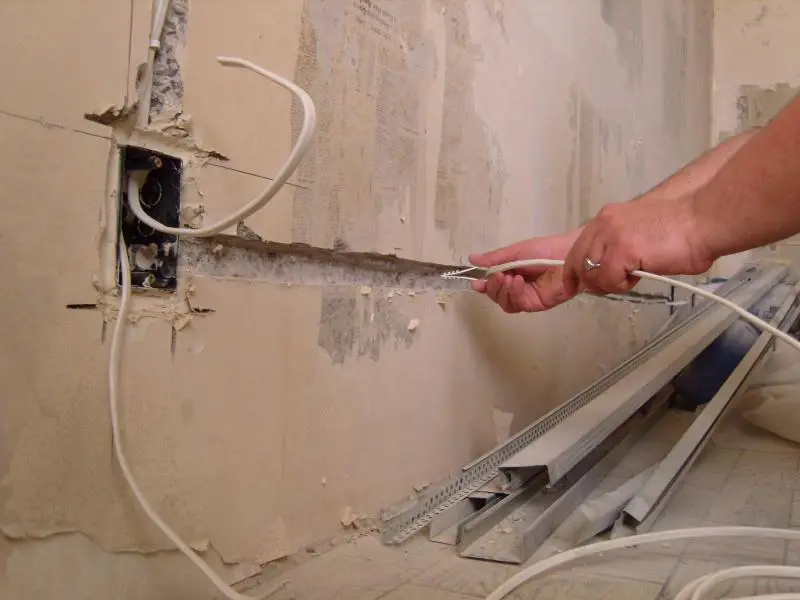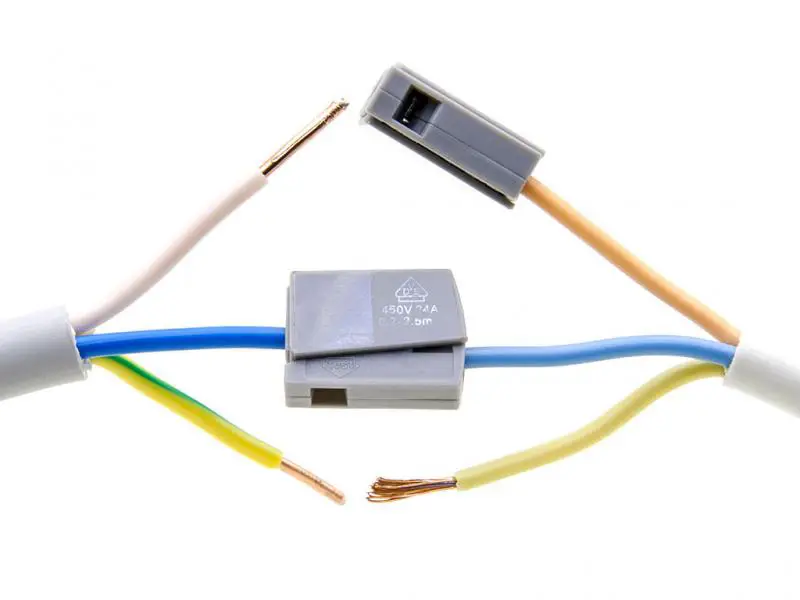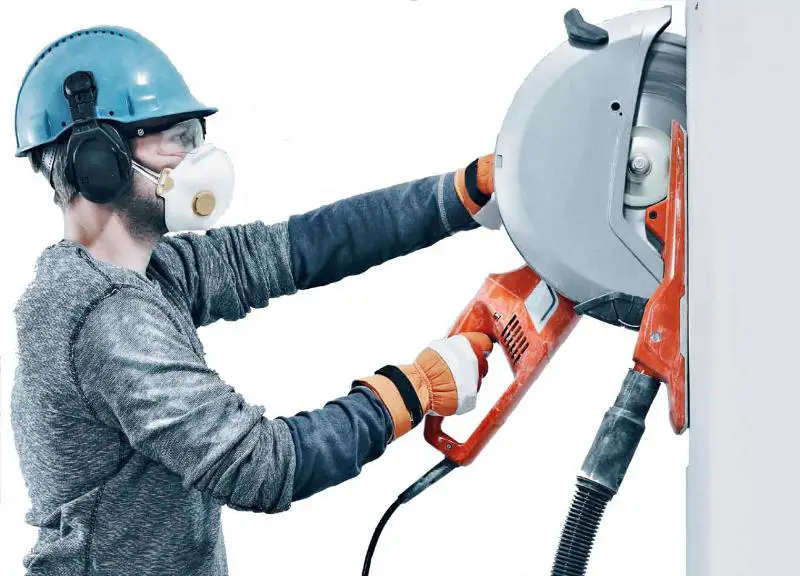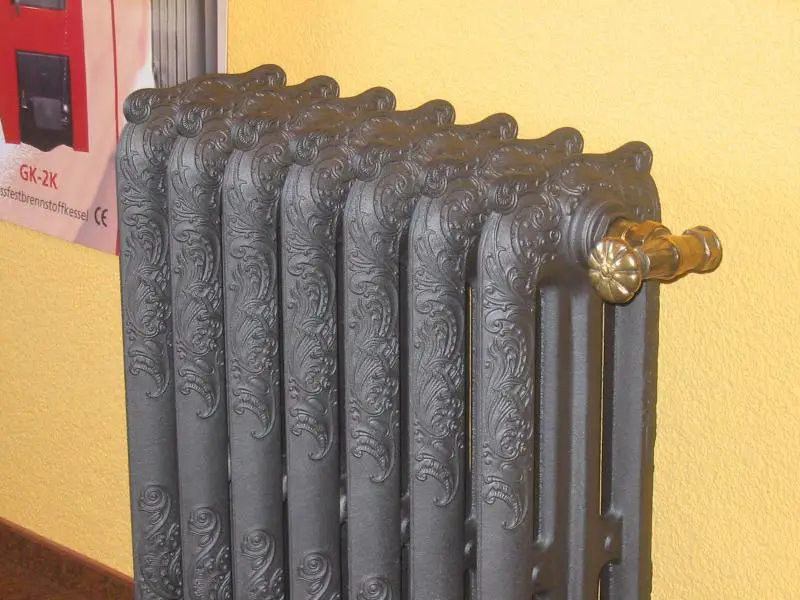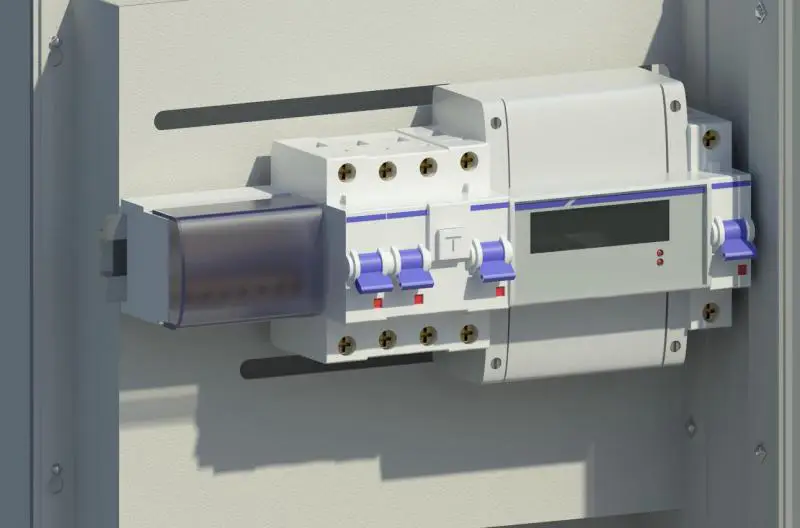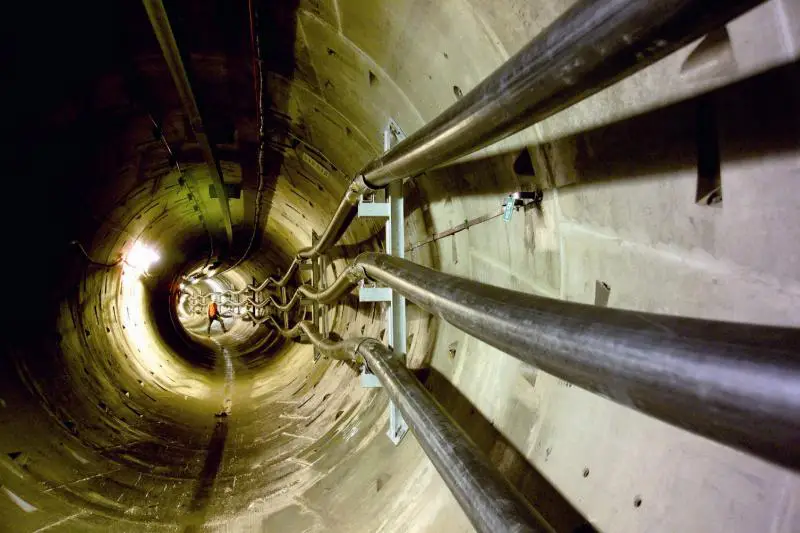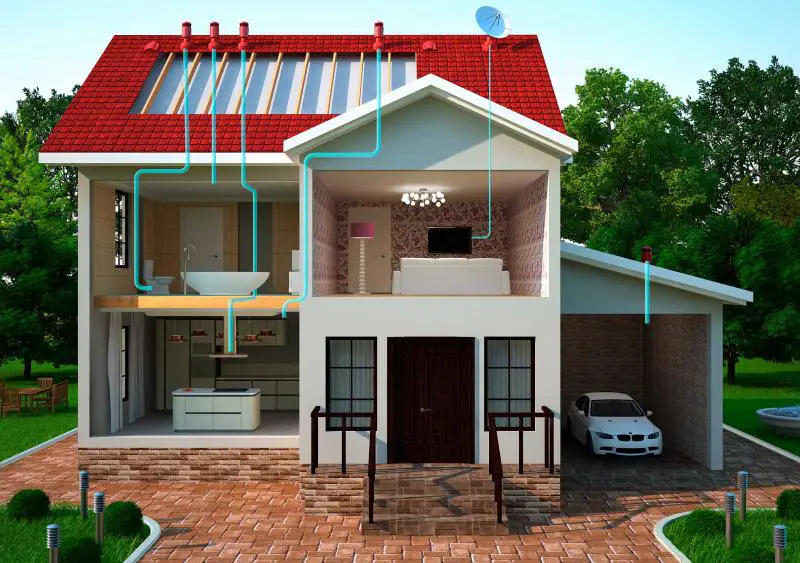There can be your advertisement
300x150
Roof Membranes
Roof membranes have been increasingly replacing traditional bitumen-based roofing materials over the past decade. Despite their relatively small share in overall roofing area, many segments of the roofing market have already firmly established membrane roofing as a standard solution. For example, shopping centers, car showrooms, business centers, and other commercial real estate are predominantly covered with membrane roofing.
Roof membranes have been increasingly replacing traditional bitumen-based roofing materials over the past decade. Despite their relatively small share in overall roofing area, many segments of the roofing market have already firmly established membrane roofing as a standard solution.

For example, shopping centers, car showrooms, business centers, and other commercial real estate are predominantly covered with membrane roofing. The main advantage of this material is its long service life without repairs, which exceeds that of bitumen roofing by five times and can reach up to 50 years.
Another key advantage is their resistance to open maintenance. Commercial buildings and structures often house various equipment requiring regular servicing, advertising signs that need periodic updates, and more.
This leads to frequent access by staff and maintenance workers. Membrane roofing is significantly more durable under foot traffic, equipment movement, and potential punctures than bitumen roofing. Overall, modern membrane roofing outperforms traditional bitumen systems in key performance characteristics.
Mechanical Attachment of Roof Membranes
The most common installation method, widely used everywhere, is the lap-join technique. It involves laying the membrane lengthwise across the roof with telescopic dowels attached to the roof base (concrete slab or profiled sheet). Each subsequent membrane sheet is installed overlapping the previous one, covering the dowel attachment points and fused using hot air welding. This method offers high installation speed and is ideal for simple, flat roofs of industrial and commercial buildings.
The second method is known as the "hidden strip" technique. It involves pre-welding strips of the same material to the backside of the membrane at intervals of 1–1.2 meters. Mechanical fastening occurs directly into these strips, enabling even distribution of the membrane across the roof area and eliminating the need to place dowels along the edges of the rolls. This method significantly reduces fastener usage compared to lap-joining and simplifies work in windy conditions.
Vacuum Roofing
The principle of vacuum roofing involves creating a vacuum within the roof structure using special aerators equipped with valves. In this method, the membrane is secured only along the parapet perimeter. The rest of the roof area is held in place by vacuum suction.
This method is primarily used for rehabilitating old roofs with deteriorated substrates, where it’s unclear whether and where to anchor the membrane—such unreliable old slabs are common in major Russian cities. Additionally, vacuum roofing is simpler and more cost-effective than traditional built-up systems due to reduced fastener usage and high installation speed in hard-to-reach areas.
The operating principle is as follows: when wind blows over the roof, negative pressure forms, attempting to draw air into the roof assembly from inside. Without the aerators and their valves, such a roof would be easily blown off. However, by removing excess air (and pressure) from the roof structure through the aerators, the membrane is instead drawn tightly against the roof surface.
Inverted (Upturned) Roofing
Inverted roofing—also known as upturned roofing—is a modern innovation inspired by Scandinavian roofing practices. Its key feature is placing the waterproofing membrane beneath the insulation layer, so it operates continuously in a positive temperature zone. This significantly extends the membrane’s lifespan compared to materials exposed to repeated freeze-thaw cycles above insulation.
Starting from the roof deck upward, the inverted roof structure consists of:
- Membrane.
- Separation (interlayer) layer made of geotextile.
- Insulation layer made of extruded polystyrene.
- Additional geotextile separation layer.
- Ballast layer (weighting).
The ballast on inverted roofs can be any material—gravel, soil, sand, or even asphalt! The choice depends on the roof’s purpose. Since inverted roofs are used for walkable areas in 95% of cases, the ballast type must also serve as a walking surface.
For example, in European and American megacities, inverted roofs are used to create recreational zones for employees in office skyscrapers. These areas include not only lawns for sunbathing but also advanced engineering structures, such as golf courses.
As demonstrated, membrane roofing has become an indispensable element in modern, durable, practical, and cost-effective roofing solutions.
